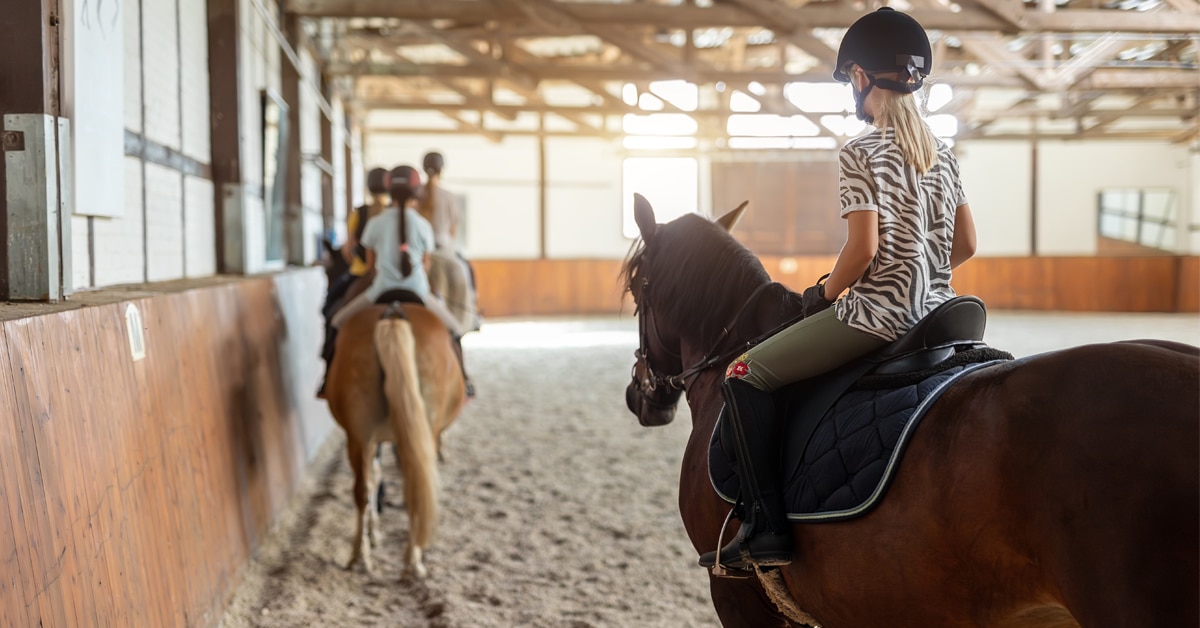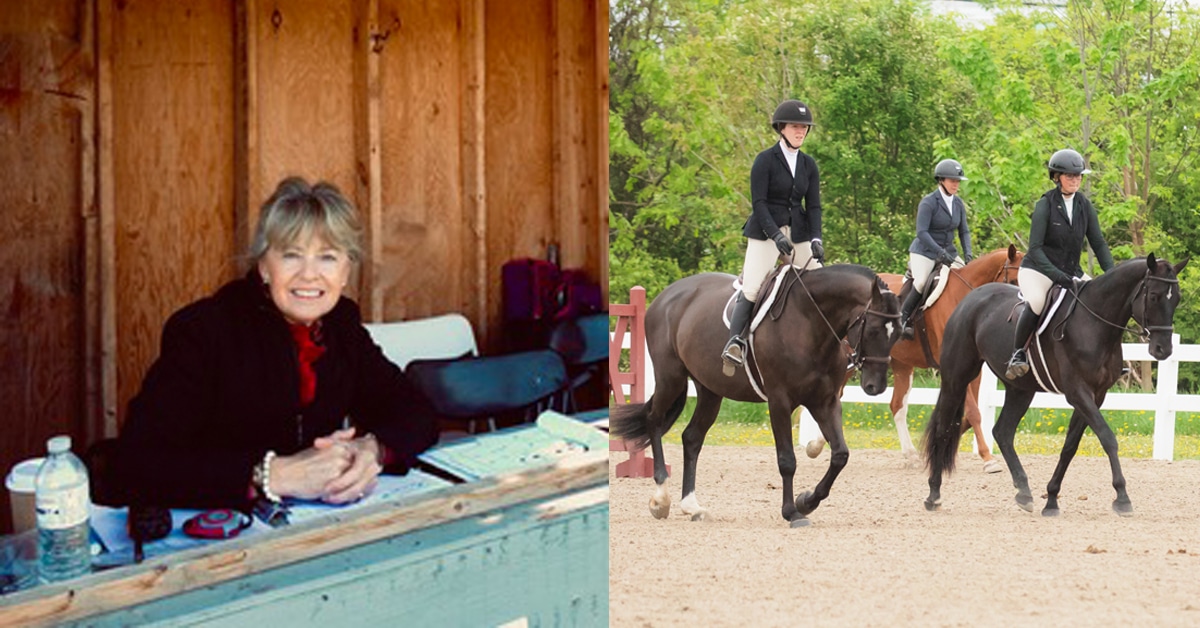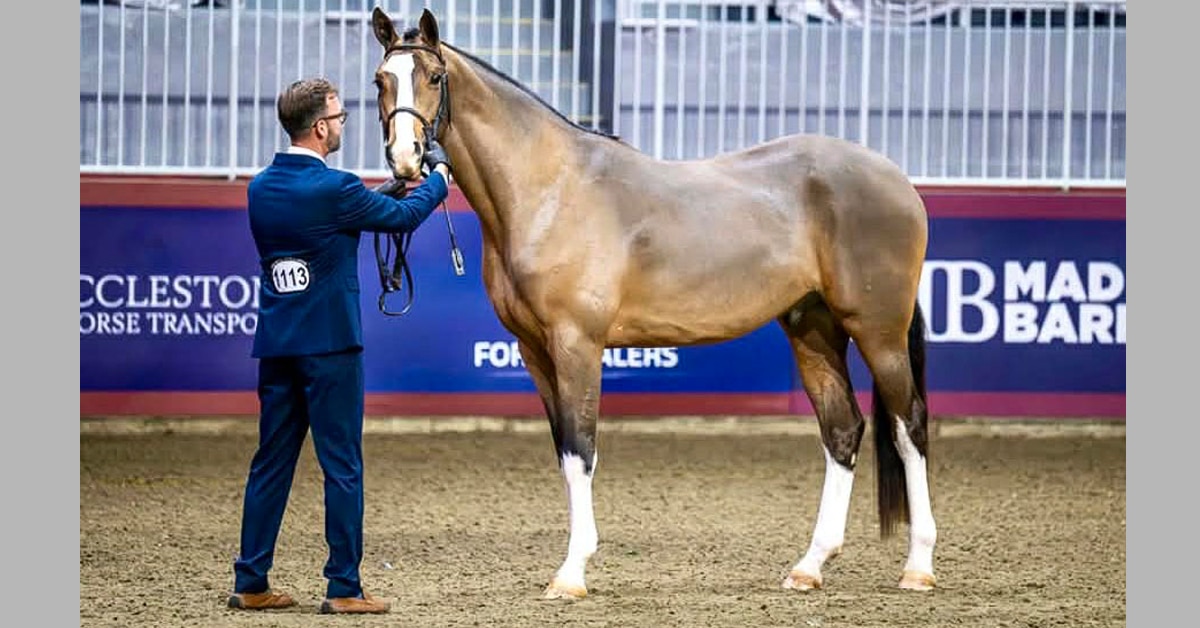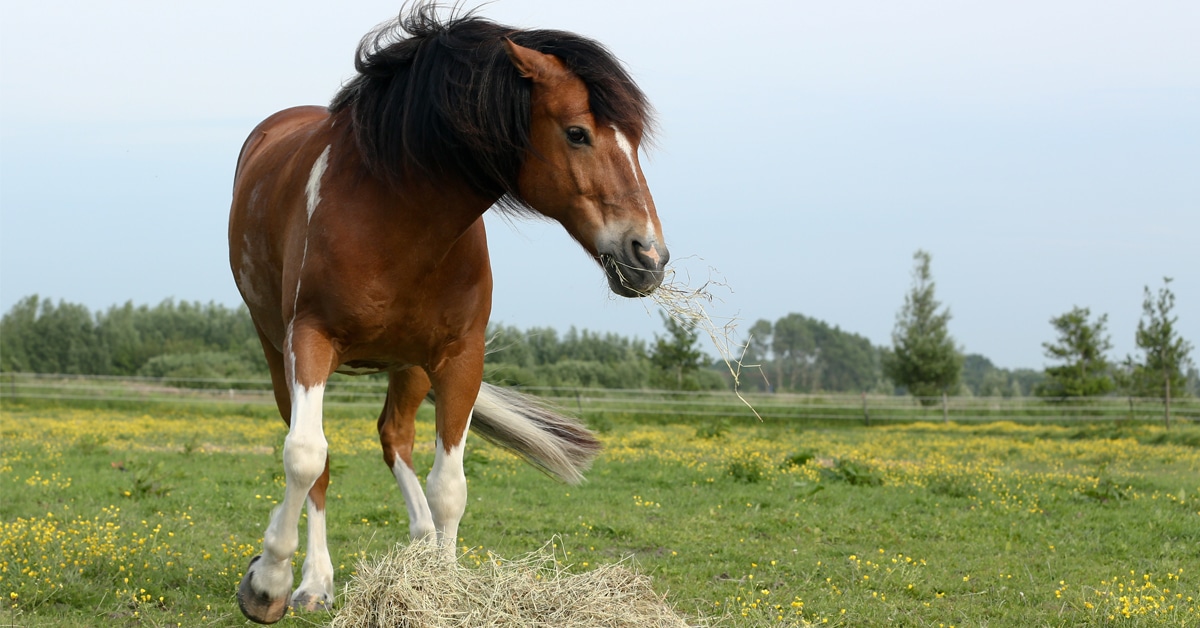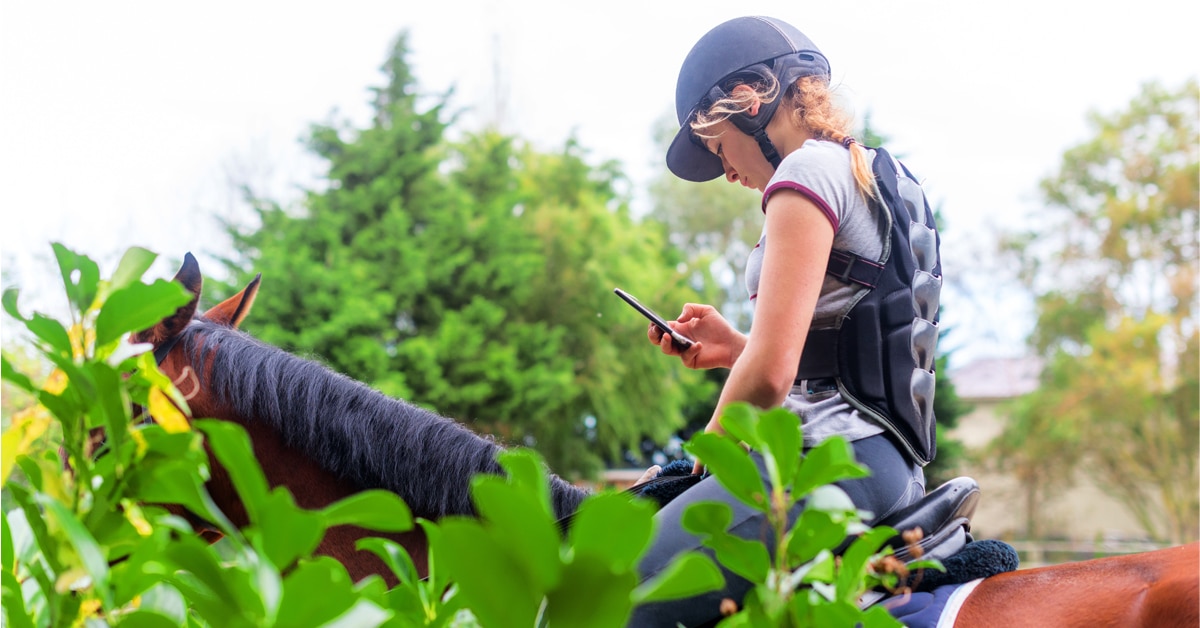When a colt is growing inside his dam’s uterus, his testicles develop inside his abdominal cavity, just behind the kidneys. At some point before his birth, or during the first couple of weeks after he’s born, the testicles normally descend into the scrotal sac. “A string-like structure called the gubernaculums guides the testicles into place,” explains Dr. Nicola Cribb, a professor at the Ontario Veterinary College. “The pressures of the abdominal contents also help force the testicles into the scrotum.”
But not always. Sometimes one or both testicles don’t make it all the way into the scrotal sac, but become lodged in the horse’s abdomen, flank or just at the edge of the scrotal sac. The horse is then called a cryptorchid, ridgling, or rig. In cryptorchid testicles that are located outside of the abdomen, it can take more than a year for the testicle to completely descend; the testicles may be visible at some point, then one or both may disappear again for a period of time. However, if after the first two weeks of life the testicle is still in the abdomen, it generally can no longer move into place.
What causes cryptorchidism?
“There’s no scientific evidence to prove that it’s hereditary, but it’s thought to be,” says Cribb. One study found that cryptorchidism was diagnosed much more frequently in Percherons, American Saddle Horses, American Quarter Horses and all breeds of ponies, and less often in Thoroughbreds, Standardbreds, Morgans, Tennessee Walking Horses and Arabians. Because of this potential for the condition to be inherited, Cribb says that gelding the horse is generally recommended.
Breed associations also have rules about cryptorchids. The American Quarter Horse Association, for example, does not allow a cryptorchid over age two to be shown in a halter class, but has no restrictions on cryptorchids in performance classes. The Appaloosa Horse Association states that a stallion found to be a cryptorchid after age two will have its registration cancelled unless it is gelded, and only geldings or spayed mares from a cryptorchid stallion can be registered. At Appaloosa shows, judges are even required to report any stallions older than two years without two visible testicles. Most warmblood registries will not register cryptorchids; owners wishing to register their colts with the Canadian Warmblood Breeders Association, for instance, must provide a statement from a vet to confirm that both testicles are descended.
Health risks connected to cryptorchidism
There may be some potential health risks for the cryptorchid horse, although Cribb says this is not as clear in horses as in humans. “Sometimes a cancerous tumour develops on the undescended testicle,” adds Cribb, “but it’s hard to definitively know if the testicle did not descend because there was a tumour present that made it too large to get into the scrotum, or if the tumour developed because the testicle remained in the abdomen.” The testicle is usually undeveloped and small, or may be larger than normal because of the presence of a tumour.
Unless a tumour is determined to be present, removing the testicle is usually not a pressing situation. “We generally wait until it’s time to geld the horse,” says Cribb.
In an older horse who appears to be gelded, but has some stallion-like behaviours, blood tests can determine if there is a retained testicle. While not fertile (the temperature inside the horse’s body is too warm to allow them to produce sperm), retained testicles will produce as much testosterone as a normal stallion, causing the horse to be more aggressive. A cryptorchid stallion will be less fertile, because he has only one testicle producing sperm.
Cryptorchidism surgery
The precise location of the testicle(s) can often be determined using ultrasound, but sometimes it is only during surgery that it is actually located. The surgery can be done in two ways: laparoscopically in the standing (but sedated) horse, or under general anaesthesia. The laparoscopic technique is preferred, because it is less stressful for the horse and has a shorter recovery time.
“During laparoscopic surgery, we have a camera, grasping forceps, and another instrument to remove the testicle all inserted into the horse’s flank,” says Cribb. The horse will need a two-week recovery period with restricted exercise.
When a general anaesthetic is used and the horse is opened up, it is sometimes more challenging to find the testicle, Cribb says. “The horse is also at greater risk of developing a hernia after the surgery, and needs a longer recovery, usually three weeks of confinement to his stall.” In most cases, though, the horse is soon back to his regular work, leading a productive life as a gelding.
The Latest

